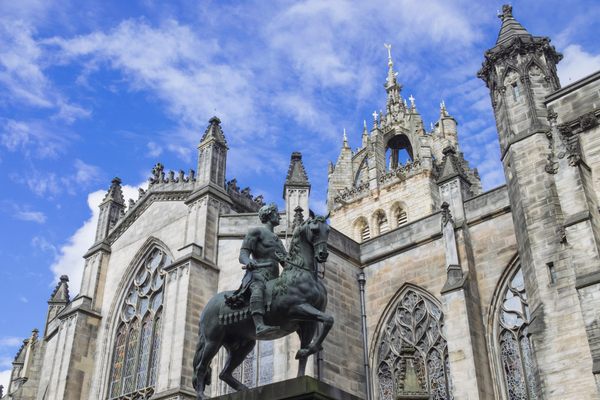About
In 1482, Ludovico Sforza, Duke of Milan, challenged Leonardo Da Vinci to build the largest equestrian statue the world had ever seen in honor of his father, Francesco. Despite the best efforts of the Duke and the legendary artist, the monumental Cavallo dello Sforza would not become reality until a retired airline pilot from Pennsylvania took it on as his own personal mission.
Ludovico 'Il Moro' ("The Moor") Sforza was an unlikely patron of the arts. He was the fourth son of the mercenary Francesco Sforza who had taken control of Milan in 1450 in the wake of famines and riots, and who was described as a general bad-ass in Machiavelli's "The Prince". Upon taking the throne in 1481 Ludovico and his beautiful young wife Beatrice d'Este ruled over a period of extraordinary artistic and cultural growth in Milan, against a looming threat of bloody violence.
In 1482 Leonardo Da Vinci, by then already an accomplished engineer and artist, approached Ludovico seeking patronage. The Sforza family fortunes (and the taxes of the people of Milan) went on to pay for many of Da Vinci's most famous works. Right from the beginning, he began work on the equestrian statue. In 1493 he presented a 24' clay model on the occasion of Ludovico's daughter's wedding, from which a bronze horse could be made.
The clay model stood in place until the territorial politics turned bloody. Seeking an ally against Venice, Ludovico allowed French invaders to pass though on their way down to Naples. When the French troops turned on him, he was forced to use the 80 tons of bronze that had been set aside for the horse to make weapons for the Battle of Fornovo, the first of many battles in the Italian Wars which enveloped Northern Italy. Then in 1499 invading French archers used the huge horse for target practice, reducing the fragile model to ruins, and marking the end of the artistic boom times.
In the chaos of those years, Da Vinci's molds and sketches of the original horse were lost, and the project abandoned.
Then, five centuries later Leonardo Da Vinci's "lost notebooks" were found in the Biblioteca Nationale in Madrid in 1965, including his sketches for the horse. In Allentown, Pennsylvania retired pilot and collector or Renaissance art Charles Dent read about the notebooks and the story of the never-built horse in National Geographic in 1977, and decided to complete the story.
He brought on the sculptor Nina Akamu to realize the design from Da Vinci's original drawings. It is not exactly the same as Da Vinci's horse would have been. She says, "The sculpture which I created for the Leonardo da Vinci's Horse Inc. pays homage to the creative genius of Leonardo. It is not intended to be a recreation of his sculpture. However, it has been significantly influenced by certain works of art and writings from that period, and specifically Leonardo's notebooks and accompanying drawings with great emphasis on his involvement with the Sforza monument. "
Charles Dent died in 1994 before he could see his project completed. The final bronze horse was installed in Milan in 1999, 500 years after the original model was destroyed. It stands 25 feet tall on a on a white Carrara marble pedestal, and weighs 15 tons.
A second casting of the horse is at the Frederik Meijer Gardens & Sculpture Park in Michigan, and two smaller versions were installed in Allentown, Pennsylvania to mark Charles Dent's vision, and in the Piazza della Libertà in Vinci, Italy where Leonardo was born.
Related Tags
Flavors of Italy: Roman Carbonara, Florentine Steak & Venetian Cocktails
Savor local cuisine across Rome, Florence & Venice.
Book NowPublished
April 16, 2010






















